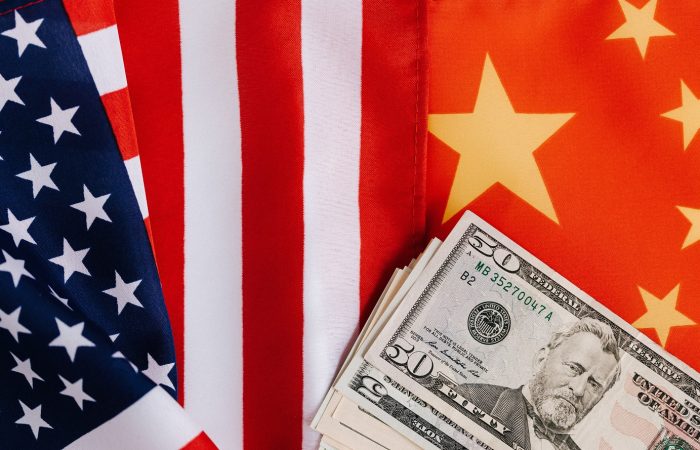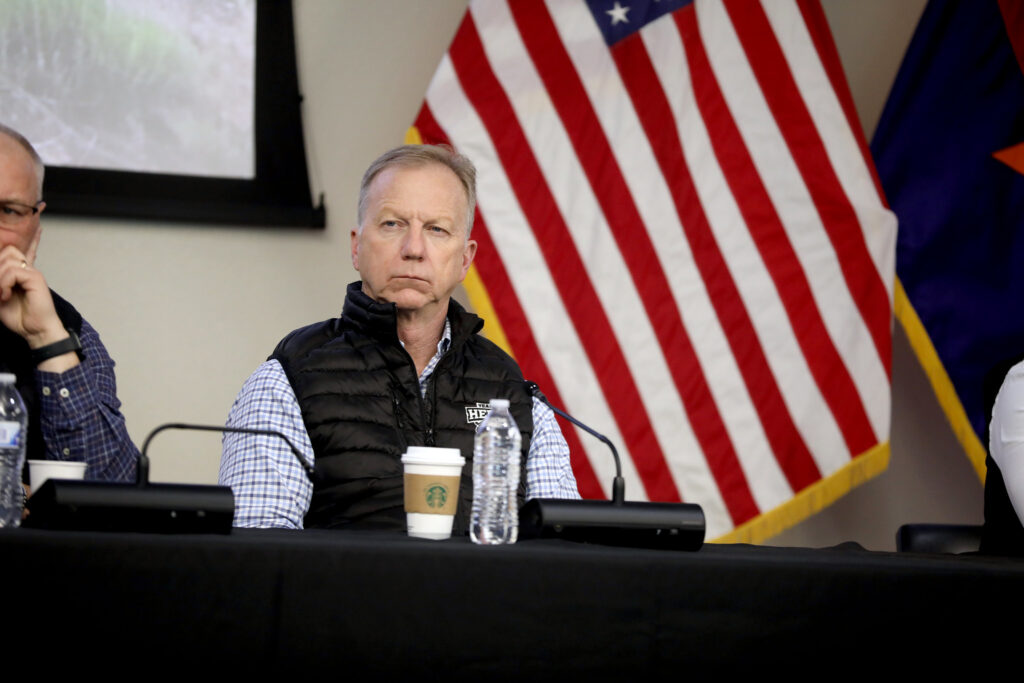On August 11, 2023, Center for a New American Security (CNAS) and the Atlantic Council’s Geoeconomics Center jointly held a virtual event titled “The Outbound Investment EO: What’s in, what’s out, and what does it all mean?.” Occurring shortly after the White House released an executive order on August 8, 2023 to restrict U.S. outbound investment to certain Chinese technology, the event intended to “unpack what’s included in the executive order, and what it means for national security and U.S. companies.” Three speakers were featured at the event: Sarah Bauerle Danzman, Indiana University Bloomington Associate Professor of International Studies and Atlantic Council Senior Fellow; Peter Harrell, Carnegie Endowment for International Peace and former Senior Director for International Economics and Competitiveness at the National Security Council; and Eric Sayers, Beacon Global Strategies Managing Director and American Enterprise Institute Nonresident Fellow. Emily Kilcrease, Senior Fellow and Director of the Energy, Economics, and Security Program at CNAS, moderated the discussion.
The event started with a discussion about the policy background and intent of the latest executive order (EO). According to Peter Harrell, the EO originated out of concerns that “US investment might be helping Chinese companies getting started or taken to scale in particular high technology sectors in China.” As such, Harrell argued that the EO seeks to primarily focus on U.S. high-tech companies and their operative investment in early- and mid-stage companies in China, rather than investment in large public companies. To Harrell, U.S. early-stage investors provide unique values because in addition to offering capital investment, they also offer “deep expertise” of capital deployment and other business know-hows that can help potentially innovative youth startups or mid-stage companies to go to market and come to scale. As such, these early-stage U.S. investments are not easily replaceable after they become unavailable to certain sectors in China, even if China and Chinese companies retain access to other kinds of capital.
In terms of the EO’s exact approach on outbound investment restrictions, Sarah Bauerle Danzman and Eric Sayers agreed that the White House decided to limit restrictions to a narrow focus. Sayers observed that the EO primarily discusses semiconductors, quantum information technologies and artificial intelligence. Although Sayers acknowledged that some might feel pessimistic because sectors such as biotechnology, large capacity batteries and critical minerals are left out, he personally saw the EO to be a solid first step in establishing an outbound investment restrictions mechanism: now, it is up to the Congress to decide whether they hope to build on the EO and expand the mechanism to other sectors. On another note, Danzman pointed out that the EO focuses narrowly on technologies that are critical to military and intelligence capabilities. According to Danzman, the focus on military and dual-use technologies is a positive sign, as it would help align the United States’ strategic posture on outbound investment with those recognized by partners and allies.
Regarding the specific requirements and restrictions mechanism that the EO has introduced, Danzman noted that the EO establishes a prohibition and notification regime, as opposed to case-by-case reviews that would parallel the investment screening mechanism of the Committee on Foreign Investment in the United States (CFIUS). Danzman also underlined that the EO’s notification and prohibition requirements will not apply retroactively, although the administration might ask for information about currently ongoing and recent transactions just to develop a more thorough understanding about U.S. investments in China. Furthermore, the EO focuses on non-passive investment and does not apply to passive investments. According to Danzman, the administration is also considering carving out certain exceptions to the prohibition and notification regime such as licensing arrangements, certain university investment and certain capital transfers from U.S. companies to its subsidiaries in China. Harrell added that the administration has a “conceptual intent” to only impose notification requirements and/or prohibition on “new capital investment” from U.S. companies to their Chinese subsidiaries, leaving intact routine business activities between U.S. companies and subsidiaries. Danzman agreed with Harrell’s comment, but pointed out that such distinction can prove challenging to monitor and enforce in practice.
Then, the speakers discussed the EO’s implications and possible next steps. According to Harrell, the Biden administration is hoping to encourage allies and partners to join the U.S. approach and regulate their own outbound investments to China, ideally within the next 6-18 months. In this way, the United States will not need to reach extensively beyond its territory to enforce the outbound investment restrictions. Also commenting on the possible coordination with allies and partners, Danzman noted that the European Union (EU) was surprisingly swift to change its traditional stance and start evaluating the possibility of outbound investment restrictions. However, the EU can take some time before it develops an outbound investment regime as the EU is still setting up their inbound investment controls. Meanwhile, Sayers applauded the administration and Congress for consulting the industry extensively since last winter and said he would wait and see how the business community, Congress and Beijing react to the EO, respectively.
In their closing remarks, the speakers noted several issues to look out for as Congress deliberates several legislative proposals related to outbound investment: Will Congress decide to impose notification requirements on passive investments? Will Congress expand the prohibition mechanism to more sectors? Regardless of the near-term outcomes, the speakers agreed that the EO is just a first step: more policy discussions and actions are to be expected on outbound investment controls in the years to come.




